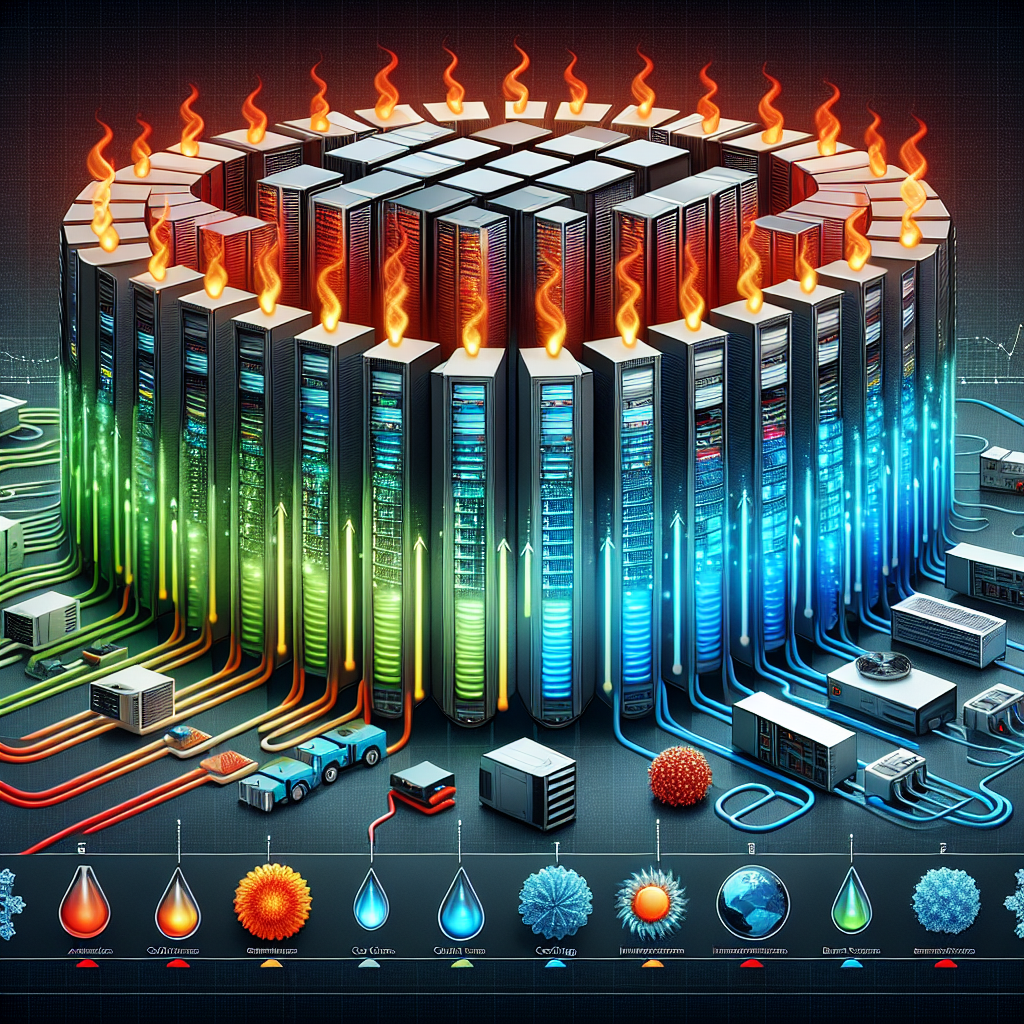Your cart is currently empty!
How Data Center Cooling is Evolving to Meet Growing Demands

As technology continues to advance at a rapid pace, the demand for data centers is increasing exponentially. With more and more data being generated and stored every day, the need for efficient cooling solutions in data centers has become more critical than ever before.
Data center cooling is essential for maintaining the optimal operating temperature of servers and other hardware. High temperatures can lead to equipment failure and downtime, which can result in significant financial losses for businesses. As the size and complexity of data centers continue to grow, traditional cooling methods are no longer sufficient to meet the growing demands.
In response to this challenge, data center cooling technology is evolving to become more efficient, sustainable, and cost-effective. One of the most significant advancements in this area is the adoption of liquid cooling systems. Liquid cooling, also known as immersion cooling, involves submerging servers and other hardware in a non-conductive liquid to dissipate heat more effectively. This method can reduce energy consumption and lower operating costs while providing better cooling performance compared to traditional air-cooled systems.
Another emerging trend in data center cooling is the use of free cooling systems. Free cooling utilizes outside air to cool data center equipment, reducing the need for mechanical cooling systems and lowering energy consumption. This approach is particularly effective in regions with temperate climates, where ambient temperatures are suitable for cooling data centers for a significant portion of the year.
Additionally, data center operators are exploring the potential of renewable energy sources, such as solar and wind power, to power their cooling systems. By harnessing renewable energy, data centers can reduce their carbon footprint and operating costs while ensuring a reliable and sustainable cooling solution.
Innovations in data center infrastructure management (DCIM) software are also helping to improve cooling efficiency by providing real-time monitoring and analytics of temperature and airflow within the facility. This data enables operators to identify and address cooling inefficiencies, optimize airflow, and prevent hotspots, ultimately improving the overall performance and reliability of the data center.
As the demand for data centers continues to grow, the need for innovative cooling solutions will only become more critical. By embracing new technologies and practices, data center operators can ensure that their facilities remain efficient, reliable, and sustainable in the face of increasing demands. Ultimately, the evolution of data center cooling is essential for the continued growth and success of the digital economy.

Leave a Reply